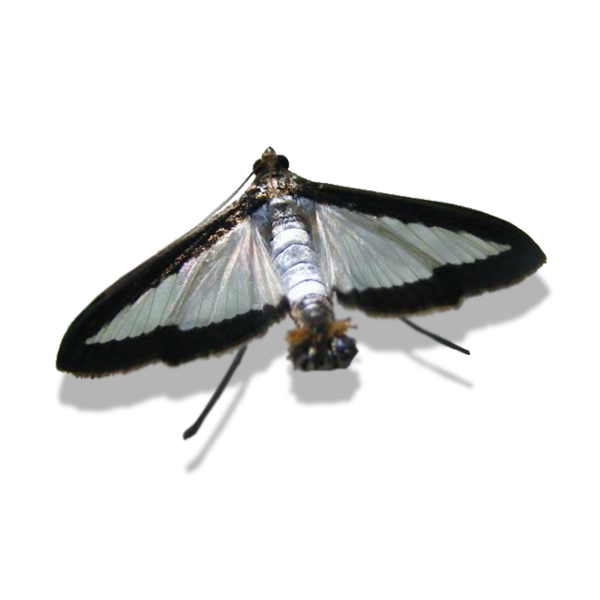Cucumber moth, Diaphania indica
Diaphania indica, Cucumber moth is one of the serious pests of plant under cucubitaceae.
It is also known as cotton caterpillar, pumpkin caterpillar. It infests cumber, melon, gherkin, bottle gourd, bitter gourd, snake gourd, Luffa, little cucumber, cotton etc. It is reported in other families, Leguminosae and Malvaceae. The synonyms are Botys hyalinalis, Eudioptis capensis, Glyphodes indica, Hedylepta indica, Margaronia indica, Palpita indica,Phacellura indica, Phakellura curcubitalis, Phakellura gazorialis, Phakellura zygaenalis. It is distributed in India, China, Japan, South Korea, Bangladesh, Saudi Arabia, Yemen, sub-Saharan Africa, USA (Florida) and Northern Territory of Australia.
Russell IPM manufactures and supplies pheromone lure, traps and complete monitoring systems for Diaphania indica, Cucumber Moth. Pheromone trap data give early warning of the infestation and also will alert the user to low level of populations before they become serious.


